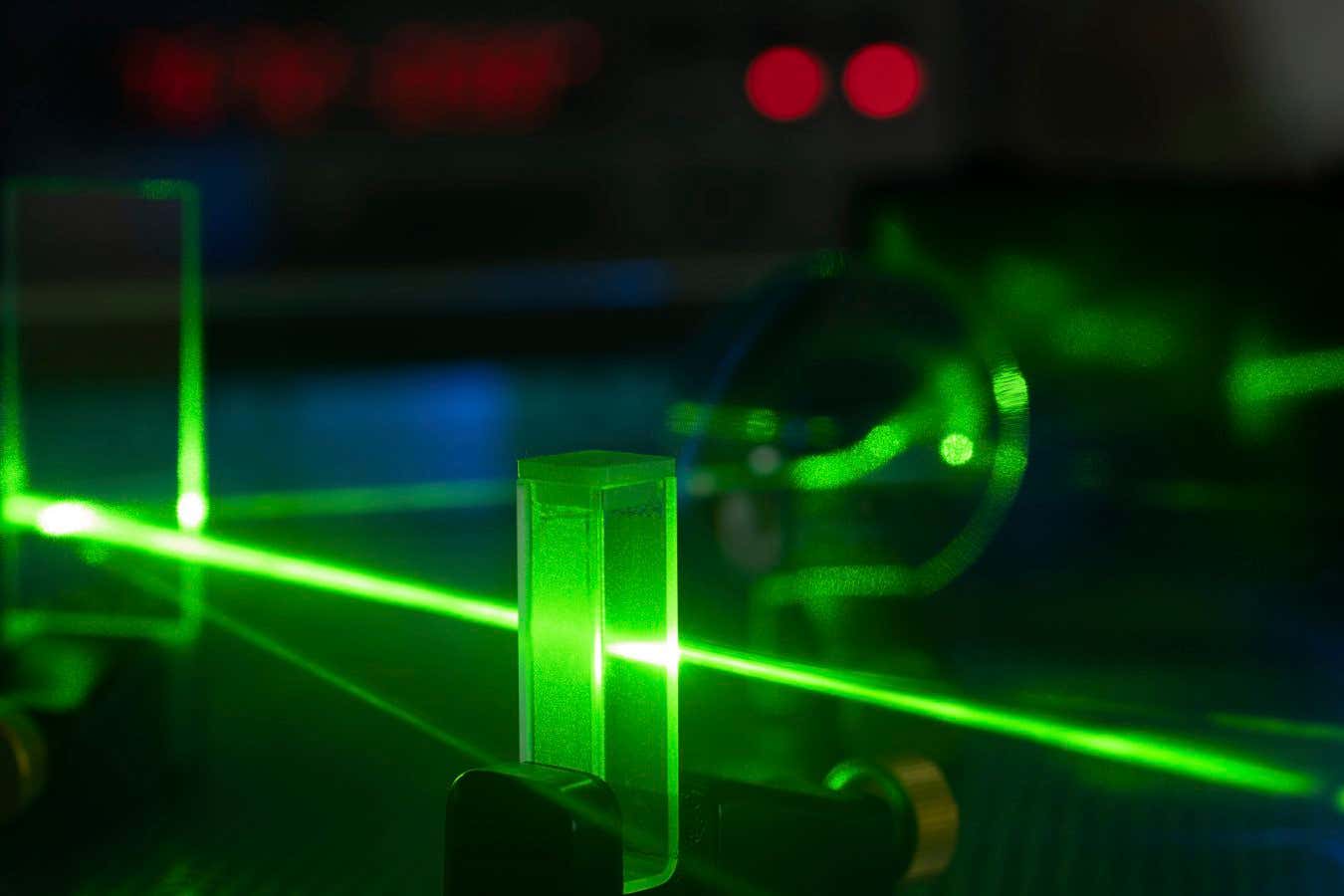Particles of light travelling through a maze of devices seem to have passed a famous test for entanglement – without being entangled at all
By Karmela Padavic-Callaghan
1 August 2025
Light particles seem to exhibit quantum weirdness even when they aren’t entangled
WLADIMIR BULGAR/SCIENCE PHOTO LIBRARY
Particles that don’t seem to be entangled have earned a high score on a famous test of entanglement. The experiment could offer a fresh look at what makes the quantum world so strange.
Read more
Time may be an illusion created by quantum entanglement
Nearly 60 years ago, physicist John Stewart Bell devised a test for whether our world is best described by quantum mechanics or by a set of more traditional theories. The key difference is quantum theory includes “non-locality”, or effects that can span any distance – even very large ones. Strikingly, all of the experiments that have implemented Bell’s test to date have affirmed our physical reality is non-local, suggesting we live in a quantum world.
However, those experiments included particles inextricably linked through quantum entanglement. Now Xiao-Song Ma at Nanjing University in China and his colleagues say they aced the Bell test without using entanglement. “Our new work may provide a new perspective to people’s understanding of non-local correlations,” he says.
The experiment started with four special crystals, each of which emitted two particles of light, or photons, when illuminated with lasers. The photons had several properties the researchers could measure, including polarisation and phase, which describes the way light wiggles when seen as an electromagnetic wave. The researchers made these photons travel through a maze of optical devices, such as crystals and lenses, before hitting a detector.
In a typical Bell test experiment, two hypothetical experimenters, Alice and Bob, measure the properties of entangled particles. Then Alice and Bob can determine whether the particles are linked in a non-local way by plugging in their findings into an “inequality” equation.
